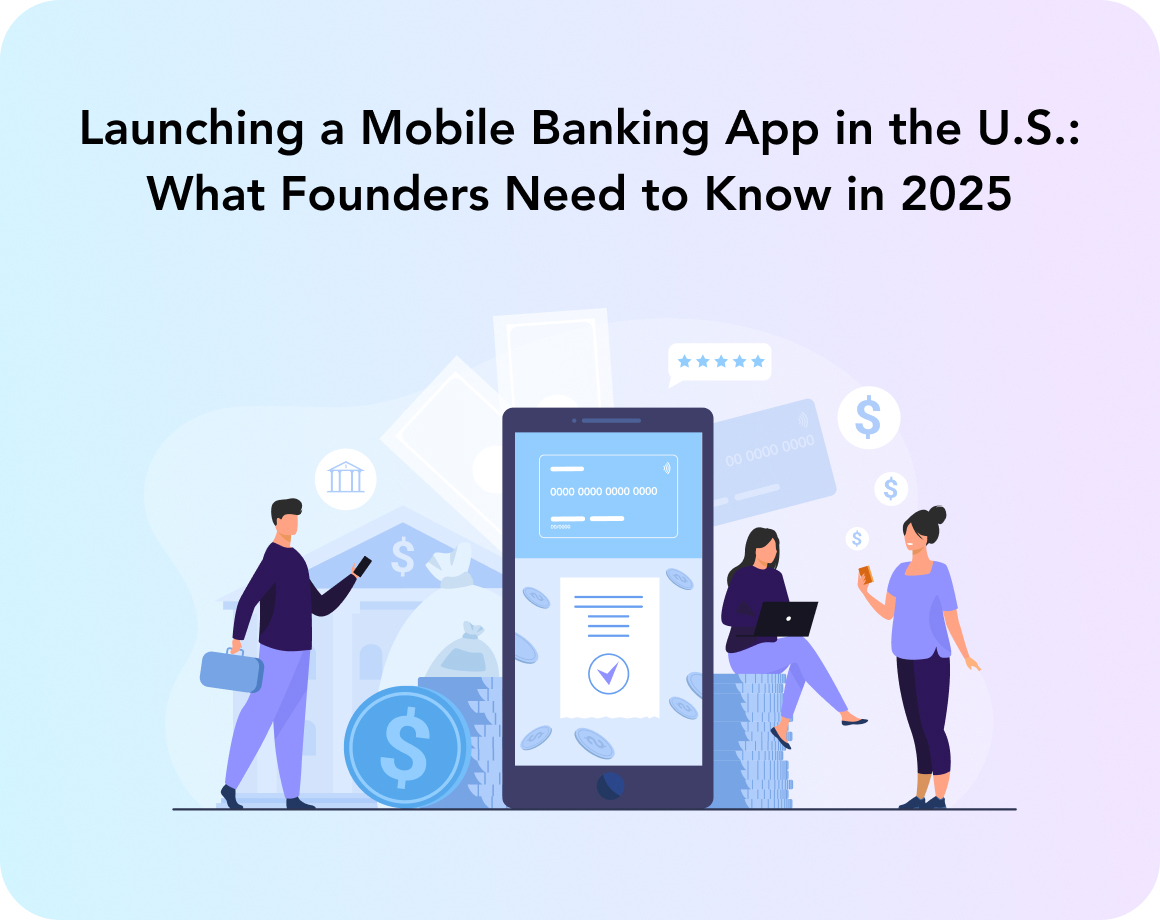Compliance might not be the most exciting part of building a fintech app, but it’s what keeps your users’ trust and your product safe. After all, you simply cannot risk your users’ money getting stolen or your product getting revoked because of missing necessary compliances.
In 2024, U.S. consumers reported losing over $12.5 billion to fraud, marking a 25% increase from the previous year.
For fintech startups, the stakes are even higher. Nearly 60% of banks, fintechs, and credit unions experienced direct fraud losses exceeding $500,000 in 2023. What’s more, over a quarter of respondents lost over $1 million in direct fraud losses.
Add the constantly evolving regulations surrounding banking, such as the GENIUS Act, and your head can go spinning from the amount of compliance to be aware of.
So, what do you actually need to know about them, and how do these new financial regulations fit into your roadmap for fintech app development in 2025?
In this article, we cover which compliances are essential for fintech app development in 2025, how to build trust with strong UX and security, and what features investors expect to see in your next demo.
KYC, AML, FDIC, PCI: the Alphabet Soup Made Simple for Dev Teams and Founders
First things first, let’s make sure you are confident around acronyms used in the fintech world. Each of these financial terms is not a buzzword created to make things complicated. An essential security measure stands behind each acronym. And it’s in your best interest for your banking application to comply with them.
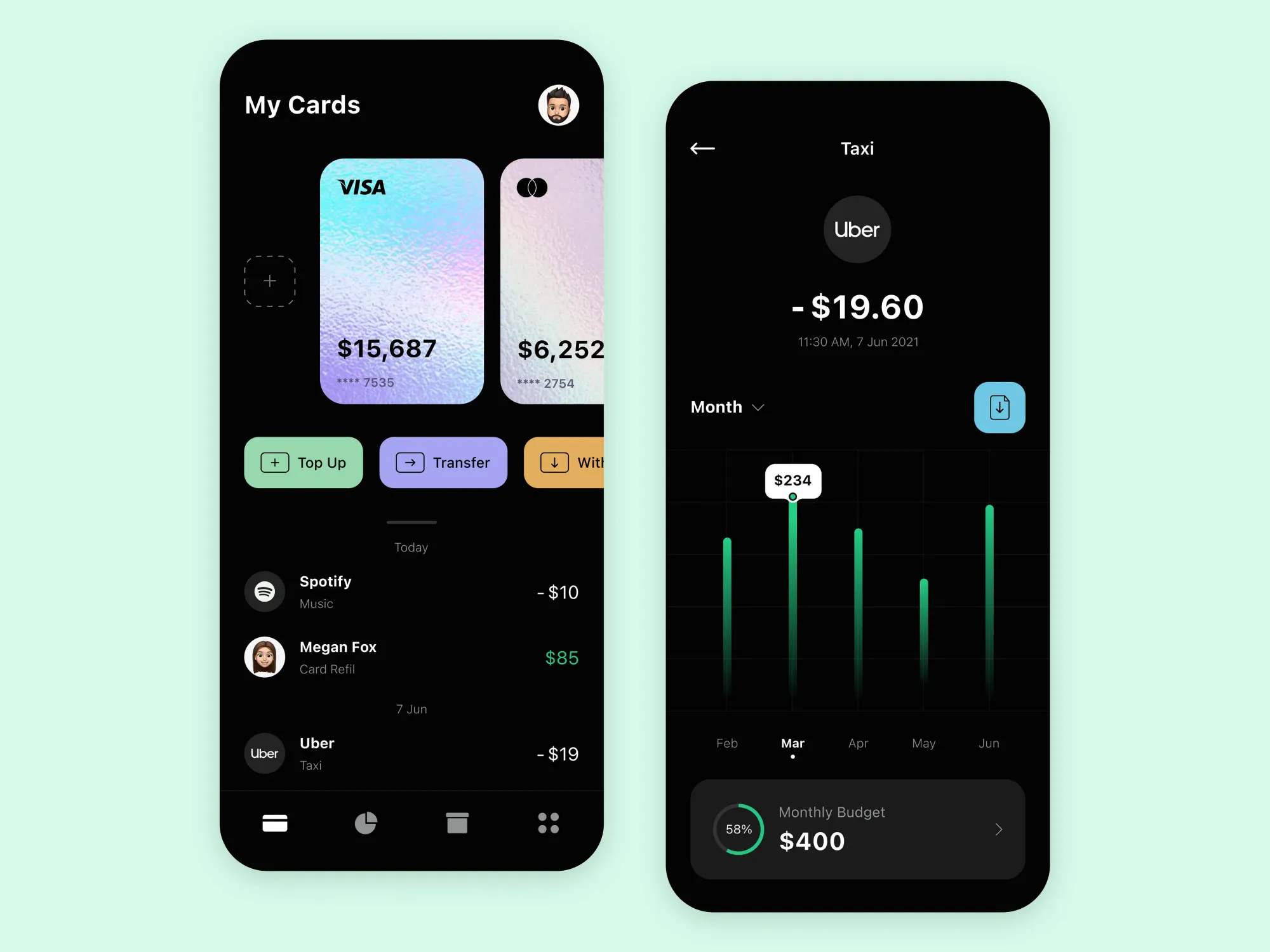
KYC — Know Your Customer
KYC is about trust. Shortly, it’s a process to verify users' identities before they can use your app. It helps verify user identity, prevent fraud, and build transparency.
Consider this: in 2021, identity-related fraud accounted for 42% of all suspicious banking activities in the U.S., totaling $212 billion. A reliable user identification is not an extra; it’s a must.
Here’s how it works in most fintech apps:
- User submits personal information: such as name, address, and date of birth.
- Identity documents are uploaded: usually a passport, driver’s license, or ID card.
- Verification process runs automatically: your system or a third-party provider checks the authenticity of documents and matches them to the user’s selfie or video.
- Approval and access: once verified, the user can access financial features like transactions, investments, or withdrawals.
To set up KYC effectively in your app:
- Integrate a trusted KYC API (like Sumsub, Onfido, or Veriff) to automate identity checks.
- Ensure compliance with local and international regulations (e.g., AML and GDPR).
- Add a smooth user flow so verification feels simple, not like a barrier.
In mobile and crypto banking app development, KYC is your first layer of protection. Think of it as a secure onboarding gate that keeps your app and users safe.
AML — Anti-Money Laundering
AML ensures your app doesn’t become a tool for illegal transactions. The system tracks suspicious activity, monitors large transfers, and flags risks automatically. A solid AML setup shows both users and investors that your product takes security seriously.
The US state takes fintech app compliance requirements very seriously, and the consequences of not following them might be quite drastic. Here’s an example: TD Bank faced a $3.1 billion penalty for AML violations, marking the largest-ever penalty under the Bank Secrecy Act.
Overall, in 2024, global enforcement actions for AML violations totaled $4.6 billion, indicating the serious financial consequences of non-compliance.
FDIC — Federal Deposit Insurance Corporation
If your fintech platform connects with a partner bank, FDIC insurance means user deposits are protected up to $250,000. This protection kicks in if the bank fails, so users never lose their funds.
It’s one of the most reassuring trust markers in U.S. fintech app development, especially when showing your product to potential investors.
This bank client safety net system is not a formality: as of June 30, 2024, FDIC-insured institutions reported over $10.6 trillion in insured deposits. This means their clients still have their money even if the bank reports bankruptcy or fails in any way.
PCI DSS — Payment Card Industry Data Security Standard
PCI DSS compliance keeps cardholder data secure and encrypted. Whether it’s debit, credit, or digital wallets, following PCI rules is a must for any fintech app in 2025. It protects your product from breaches and your users from data theft.
PCI DSS sets the technical and operational standards for how payment information is stored, transmitted, and handled.
Let’s be frank: scammers love online payment platforms and banks. The average cost of a data breach in the financial services sector was $5.97 million in 2024. Non-compliance can cost a ton of money.
How to Build Trust in Your Mobile Banking App: Security + UX Best Practices
In fintech, trust isn’t optional; it’s everything. Users won’t keep their money in an app that feels unsafe or confusing. Even if you’ve designed all the right features, the biggest challenge is ensuring your app feels secure, reliable, and user-friendly.
At Perpetio, we’ve designed multiple fintech apps, and our experience shows that with careful planning, prioritization, and attention to UX, you can build an app that users trust with their money.
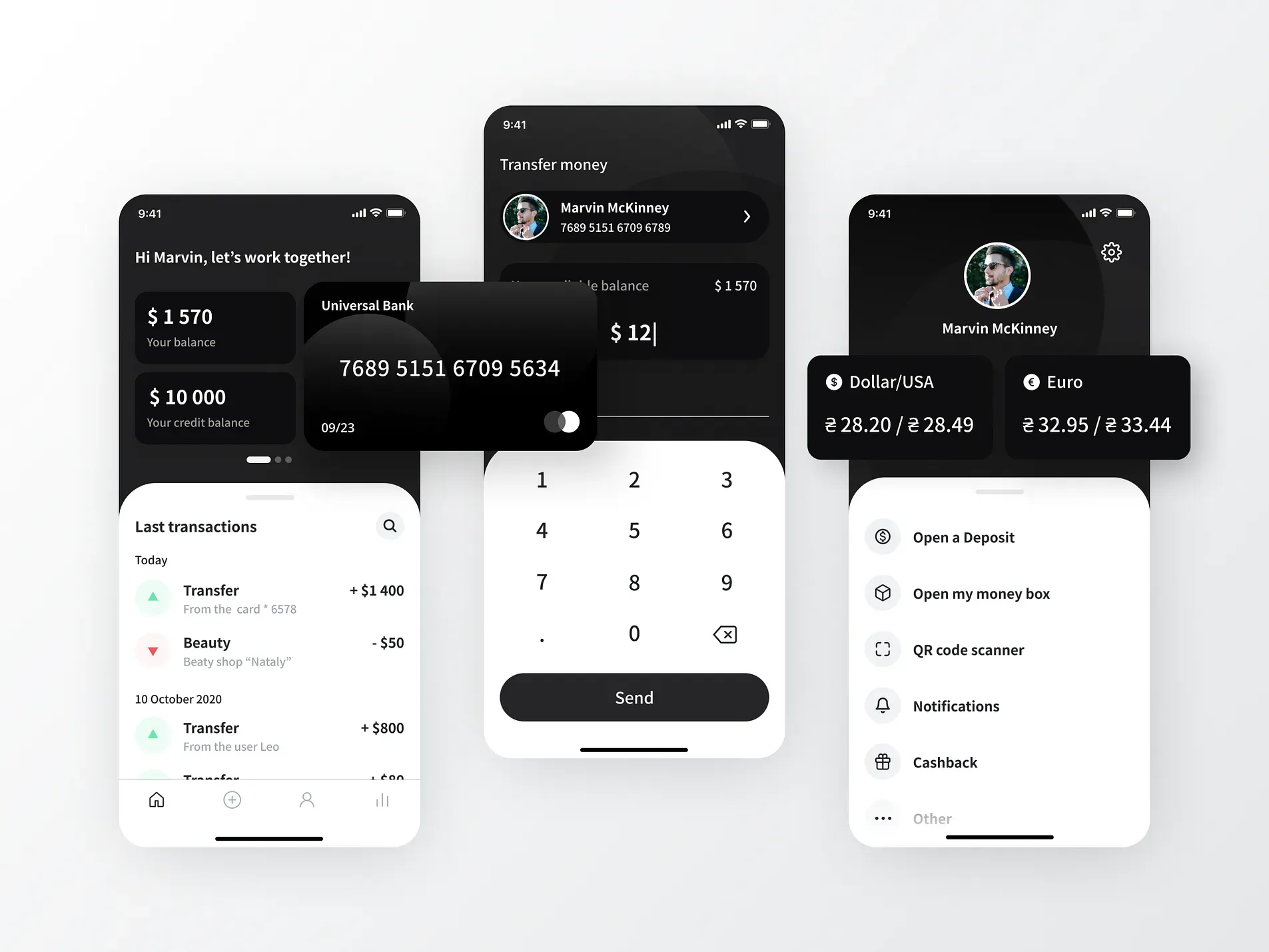
Simple and consistent design
A clear, consistent, and intuitive interface immediately signals reliability. Every button, icon, and screen should feel familiar and purposeful. Inconsistencies or clutter can create doubt, making users question whether the app is safe. Trust starts with a design that doesn’t confuse.
Ensuring the security
Security is the foundation of trust in any banking app. Advanced features like two-step verification, biometric login, transaction confirmation, and KYC identity verification are essential.
Security is communication. Users need to understand why the app requests sensitive information and how it will be protected. Explain your policies clearly during onboarding and reassure users that their data will never be shared with third parties.
Friction can also build trust. Asking users to confirm financial transactions with a pop-up or verification step reduces mistakes and reinforces the message that their money is safe.
Managing the data
Trust also comes from transparency and clarity. Users should never feel lost in complicated financial messages or jargon. Keep UI copy simple, actionable, and understandable.
When financial terms are unavoidable, provide explanations through a glossary or first-time pop-ups.
Visualization is key: color-coded graphs and charts help users quickly interpret their spending and financial health. Well-chosen fonts and symbols also ensure that numbers and currencies are readable and professional, further reinforcing trust.
Improving overall user experience
A fintech app that feels trustworthy should also feel reliable and engaging. Features like gamification, rewards, or educational prompts encourage interaction while reinforcing responsible behavior.
Creative UI design can make the app approachable without undermining its professionalism. For example, a dark minimalist theme may suit investment apps, while bright, friendly visuals can make spending trackers feel accessible. Every design choice should support user confidence in the app’s reliability.
Cultivating healthy financial habits
Users trust apps that help them make better financial decisions. Clear, simple reports, budget tracking, and spending limits allow users to see exactly where their money goes. Color-coded charts and category-based summaries make financial data easy to understand at a glance.
Top 3 UI Elements to Add to Your Banking App
When designing a banking app or fintech app, choosing the right interface elements can make a big difference in how users feel about your product. The right UI can improve usability, build trust, and make managing finances simple and even enjoyable.
Real-time dashboards
A real-time dashboard gives users a clear overview of their finances in one place. Account balances, recent transactions, and spending insights are easy to access and understand. Charts, graphs, and color-coded categories help users see patterns and make better financial decisions. For any fintech app, dashboards are a must-have because they make data meaningful and give users confidence in their financial control.
A personal banking app by Perpetio
Onboarding flows
The first experience with your app sets the tone. A smooth onboarding flow guides users through account setup, explains key features, and shows why security measures are in place. Clear instructions and helpful tips build trust and make users feel comfortable sharing sensitive information. For a banking app, onboarding is an opportunity to show users that the app is secure and easy to use.
AI fraud detection
Security is at the core of every fintech app. AI-powered fraud detection can alert users to unusual activity or suspicious transactions in real time. Presenting these notifications clearly in the app reassures users that their money is safe. When users see that the app actively protects them, it builds trust and loyalty, turning security into a tangible and user-friendly experience.
From our experience in fintech app development, there is a set of features any fintech app must have to meet both user needs and investor expectations. These features form the foundation of a practical, secure, and user-friendly application.
What Features Fintech Investors Now Expect in Your Demo
Let us now walk you through the basic banking app features to include in your MVP, plus some extras to stand out on the market and establish trust with new users.
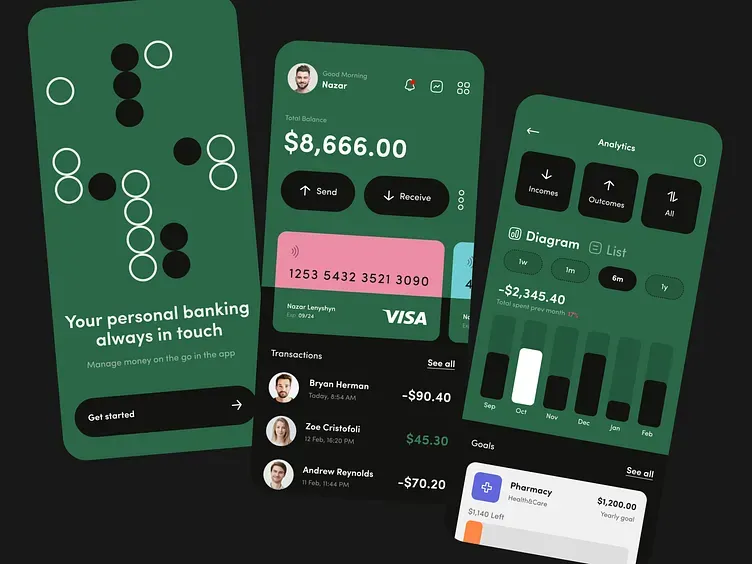
Core features every fintech app needs
Investors expect to see the basics working flawlessly. If you decided to build a fintech app, make sure it includes:
- Login and registration
- Personal account
- Transaction history and statements
- Tools for sending money
- Finance reports and statistics
- Finance management tools, like setting spending limits
- Security measures, such as changing passcodes, freezing the card, and setting up notifications
- Mandatory compliances like KYC
This is the base of your MVP and core features that directly resolve a user's request.
Extra functionality that impresses investors
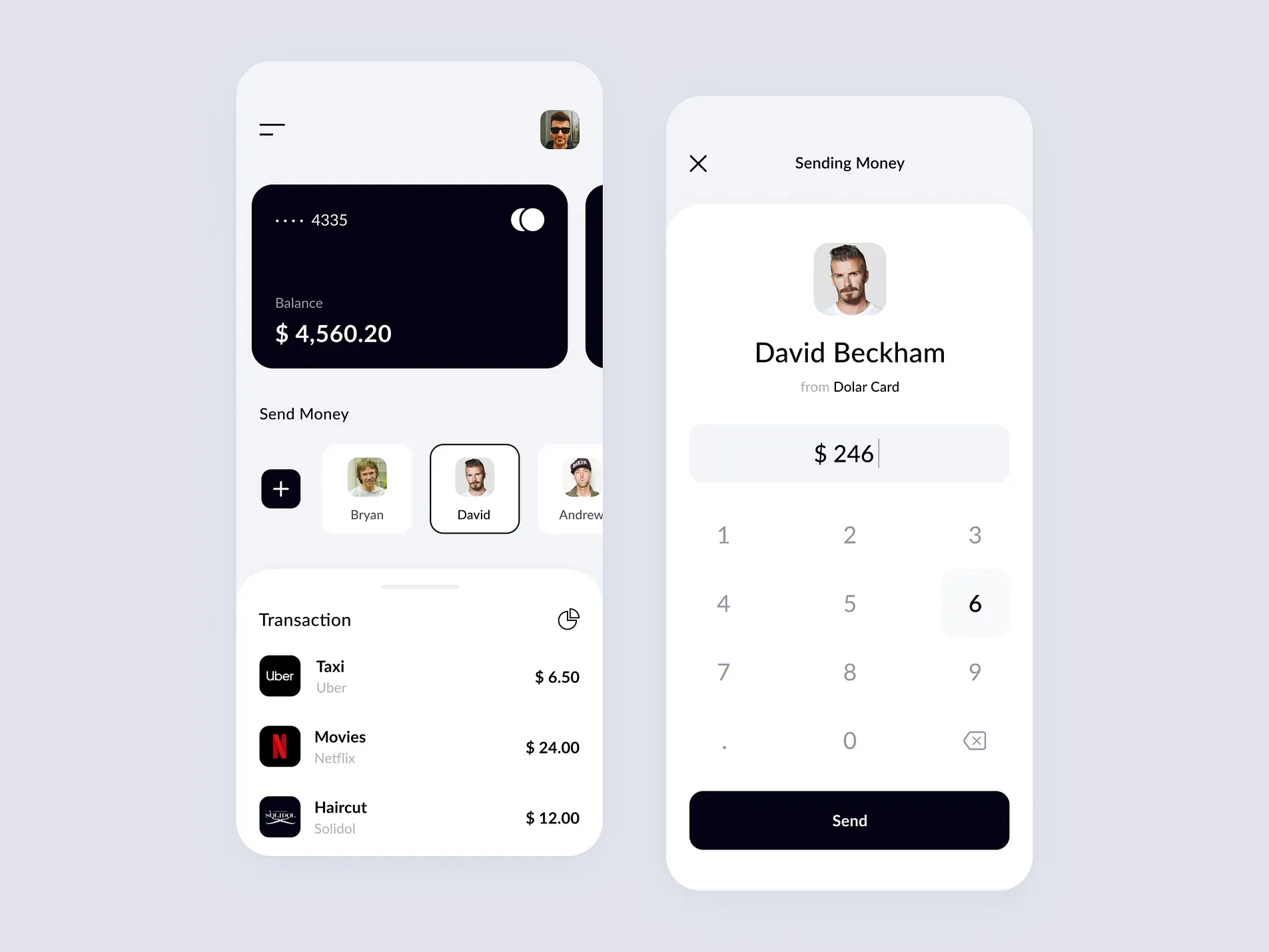
Beyond the basics, investors look for features that give users more control and a better experience. For a fintech app development project that stands out, consider adding:
- Onboarding flows to introduce users to the app’s functionality
- Chatbots for instant assistance or redirecting users to a service specialist
- Transaction templates, for example, setting up monthly utility payments
- Advanced security features like biometric login, action confirmation, and two-step verification
- Cashback or gamified reward systems
- Deposit functionality
- QR code scanner
While features like gamification, analytics, and onboarding make your app more engaging, the foundation must remain secure, reliable, and user-friendly. Investors want to see that the core functionality works flawlessly, while extra features enhance the experience without compromising safety.
New US Banking Compliance: What You Need to Know
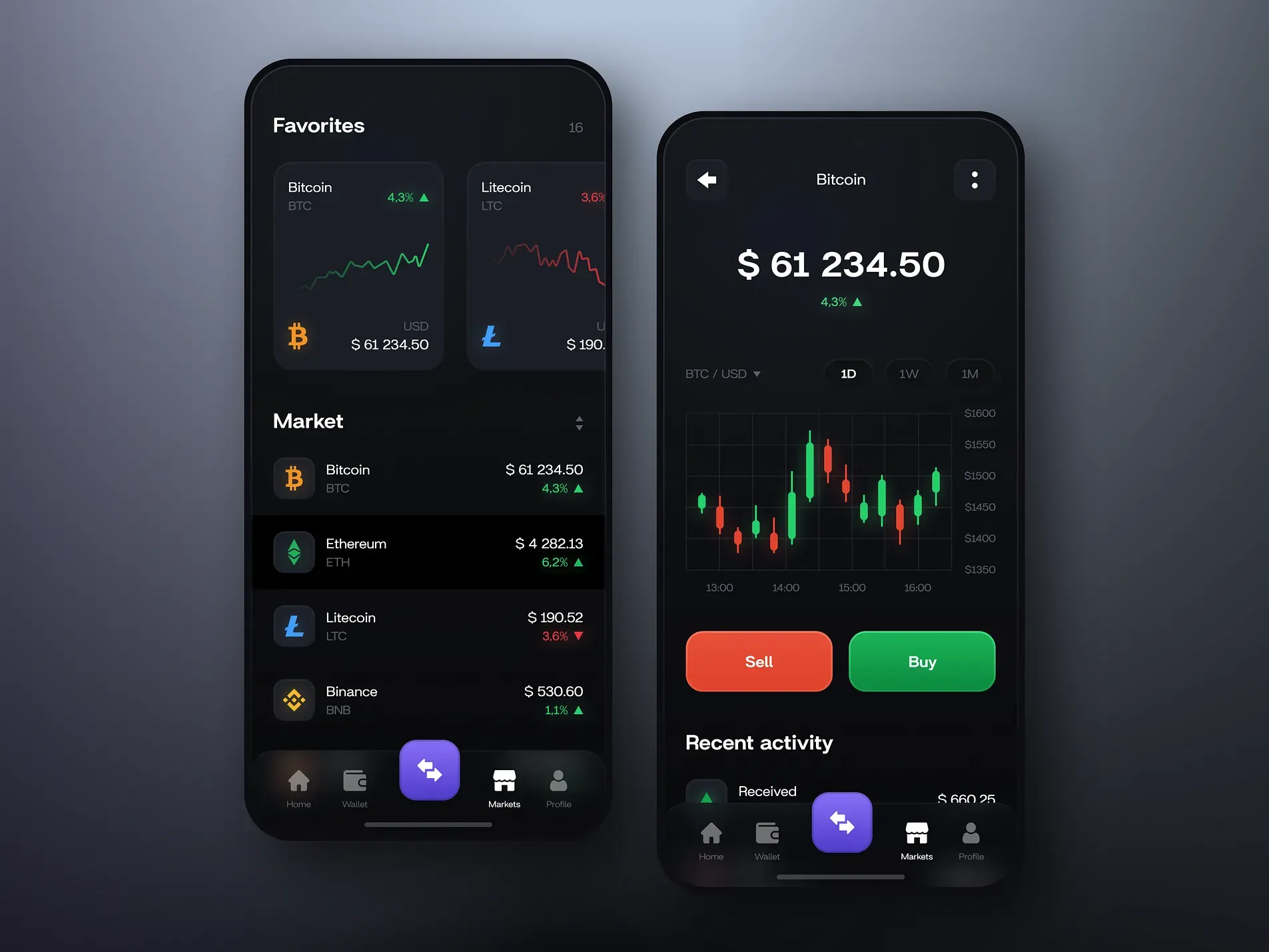
The recent GENIUS Act and upcoming bills like the CLARITY Act and CBDC Anti-Surveillance State Act are more than headlines; they are a signal to fintech startup founders. For the first time, there is clear regulatory guidance for stablecoins and digital assets in the US. This clarity has practical implications for building fintech apps and engaging users safely.
Stablecoins are cryptocurrencies backed by reliable assets like the US dollar. With the new regulatory framework:
- You can confidently integrate stablecoins into your app knowing there are clear rules for issuers and backing requirements.
- Investors will be more willing to fund fintech startups that comply with these standards, as there is now a clear path to legality.
- Banks and traditional finance players are entering crypto. This means partnerships and integrations could become easier and more attractive.
As JPMorgan Chase CEO Jamie Dimon said,
“The most likely outcome is that more companies, including banks, are going to jump into offering crypto assets. We’ve already seen several major financial institutions indicate that they want to get more involved in crypto.
Now that there is finally more regulatory clarity, you can expect the traditional finance players, sometimes called TradFi, to engage more with these rapidly developing technologies.”
Practical steps for fintech founders
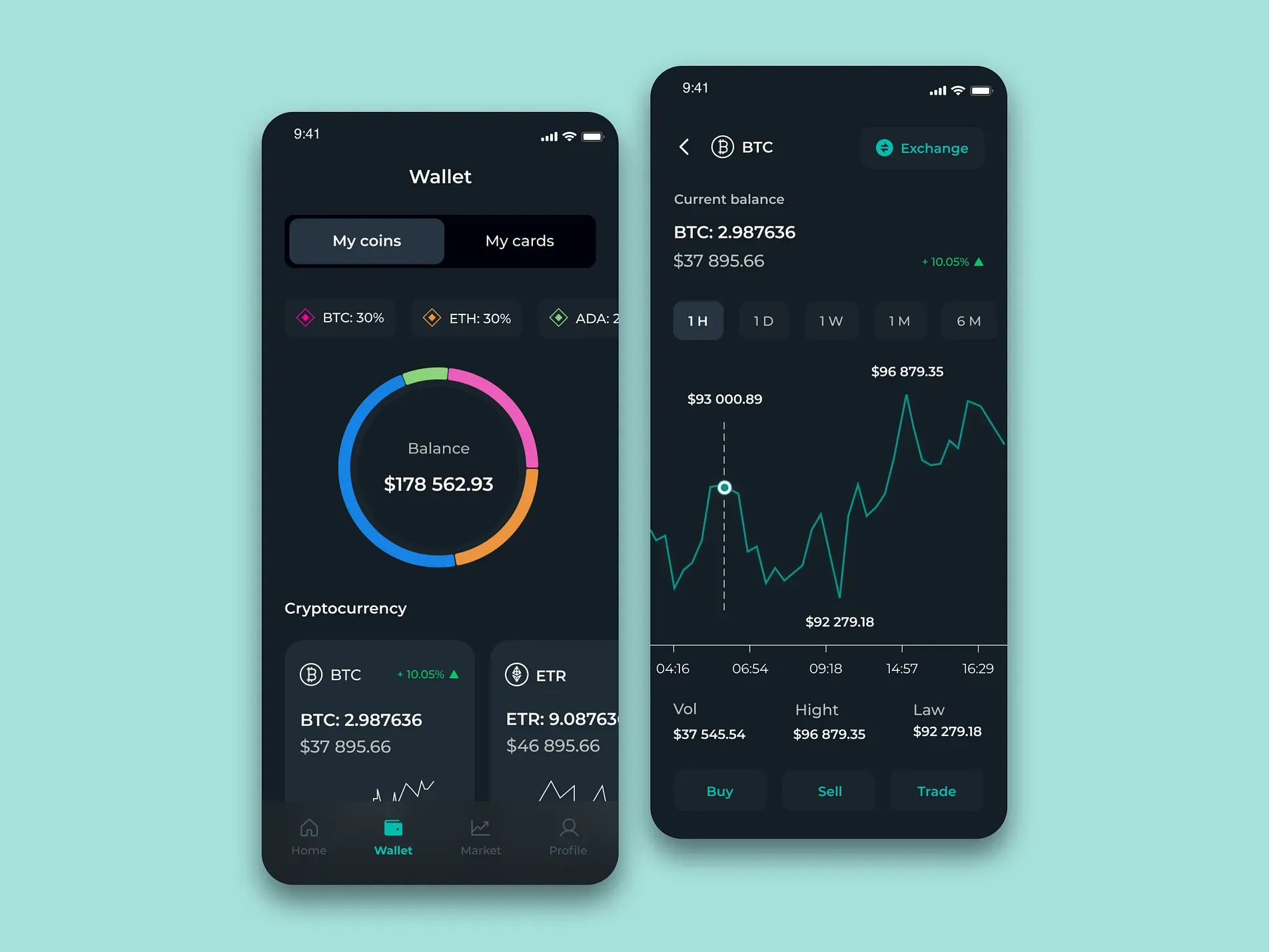
To take advantage of this moment:
- Focus on user trust and security. With clear regulations, users expect apps to handle stablecoins and digital assets safely. Implement strong security, KYC verification, and transparent transaction tracking.
- Plan for integration with traditional finance. As banks enter the crypto space, your fintech app could partner with them for custody, payments, or investment services.
- Consider advanced features for users. Stablecoins, tokenized investments, or real-time crypto analytics can make your app stand out while staying compliant.
- Stay globally aware. Even as the US clarifies rules, international standards for stablecoins are important for scaling fintech apps worldwide.
Consider Perpetio Your Trusted Partner
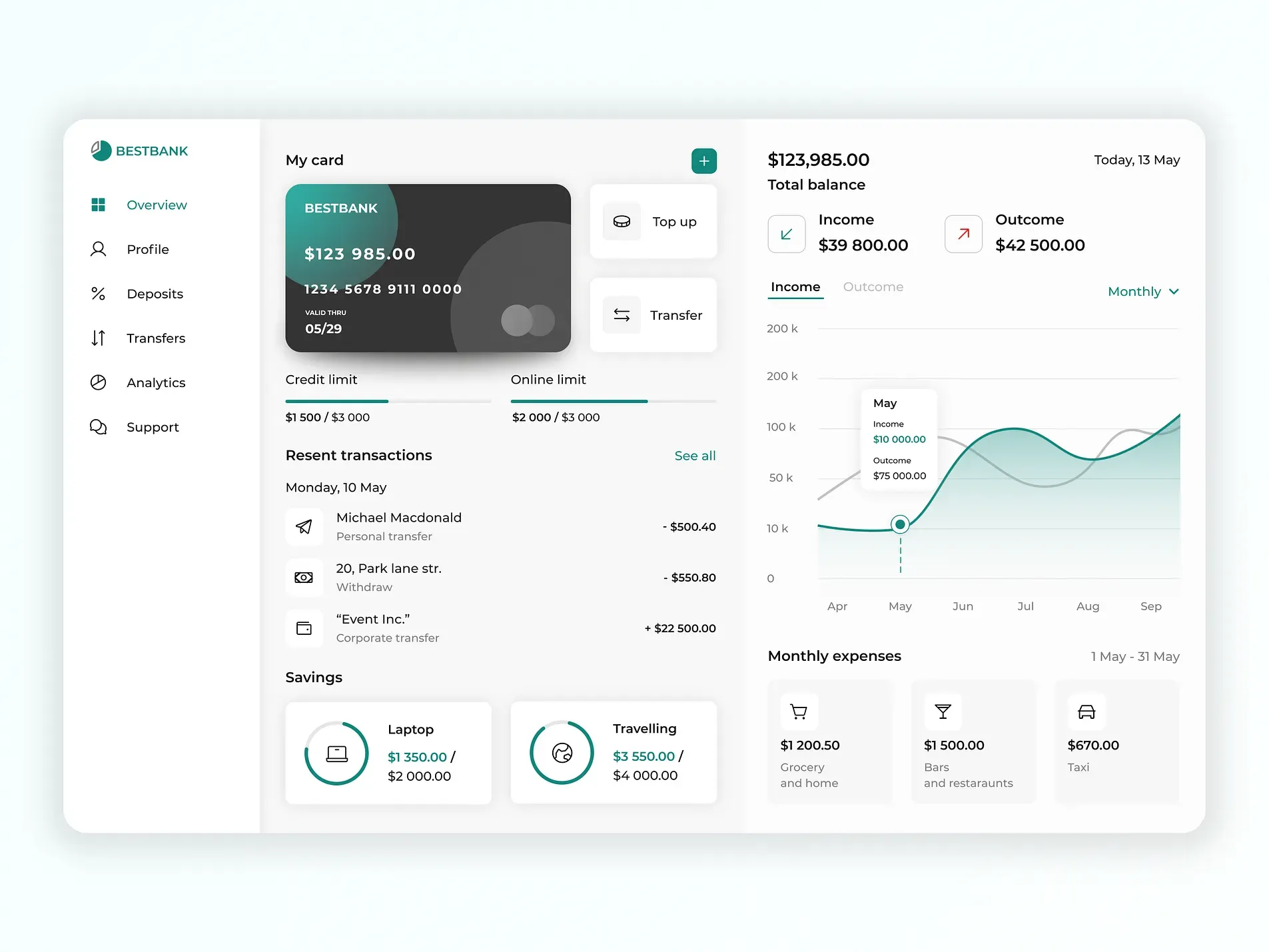
Wherther we want it or not, the new regulations are appearing every few months and it's a responsibility of fintech companies to follow them. That's the primary way to keep the online finance products safe and ensure that nothing can happen to clients' money.
Plus, compliances is a safeguard indicating users that your product is reliable and trustworthy. And let's not forget that, in most cases, you simply cannot ignore the fintech market regulations or you might get a pretty hefty fine or even have your app revoked.
Keeping up with changing fintech rules and checking off every compliance box can be tough. At Perpetio, we help fintech startups cover all things product: from tech setup and security to compliance, testing, and feature set selection.
Get a free tech and compliance consultation with our team to make sure your fintech app is secure, compliant, and ready to launch with confidence.
